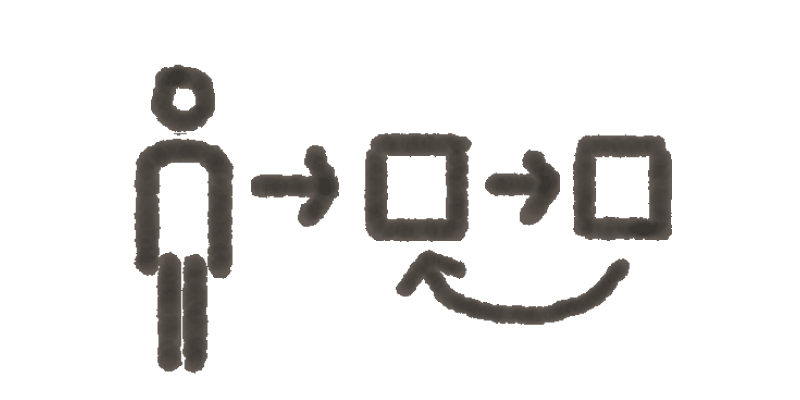
Mapping the journey your customers take with you from their perspective can be a very powerful tool.
In B2B experiences, journey maps can become very complicated, very quickly. Who is the customer, exactly? Are we mapping for the purchaser of our product or the person who decides the purchase is acceptable? What if that person leaves the buying organization in the middle of the sales cycle? Whose journey is this, anyway? And what’s the point of the journey map?
If it’s only to sell more or sell better, then it’s not about the customer, really. Getting to know your business customer is a process.

Your customer’s world is complicated and robust.
By the time he gets to work, he’s checked his email on his phone, heard the morning news about the situation in Eastern Europe that may impact your global goals, and realized he’s late for a meeting with HR about signing forms. Or maybe she works remotely and has a video conference with 4 people from all over the globe by 7 am. Or maybe he’s a seasoned executive who is now feeling like he can’t quite keep up with the pace of the world.
The point is, they’re trying to get the job done. Does your product fit into that mix? Great. But it’s not top of mind. They aren’t obsessing over the latest release or musing over what color your logo is. They’re waiting for it to work and make their lives easier.
It all comes back to customer expectations.
While journey mapping as an exercise certainly shines a light on your customer and helps everyone inside your organization hopefully think about things through that lens, at least for a while, it doesn’t always take into account the way competitors influence your customers. Your customer’s expectations are often being set and even shifted, thanks to your competitors.
The sales call they get around the time of contract renewal makes them realize they are missing some of the features your competitor offers. The mention on NPR during their commute helps them remember what working with a competitor was like at their previous company.

Business-to-business customer experiences are certainly complex, but they are just as human as any other relationship. Once the sale is made, it’s easy to forget about those customers who steadily pay their invoices and never complain. How can you blame them when they are lured by another suitor?
Mapping the journey your competitors’ customers take can be enlightening and very, very useful. Finding out what customers hear and see help you determine where you might be letting customers down. Understanding the expectations your competition is setting helps your organization clearly differentiate your promises.
It’s not easy to do, and it’s not a perfect science. But at least making the effort to understand your competition’s customers’ real lives and journeys will help you see gaps in your own experience to fill.
Image credits: JD Hancock, Peter Morville, Sebastiaan ter Burg via Creative Commons license



